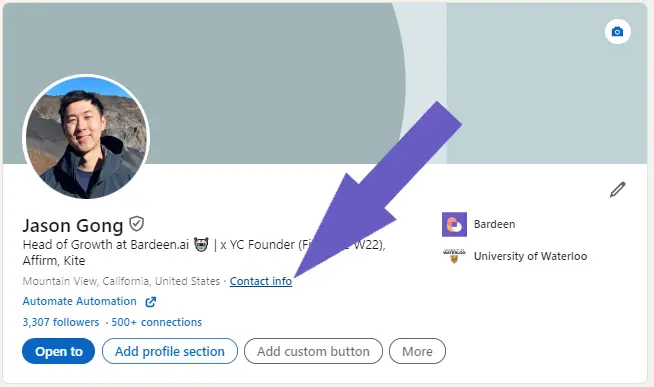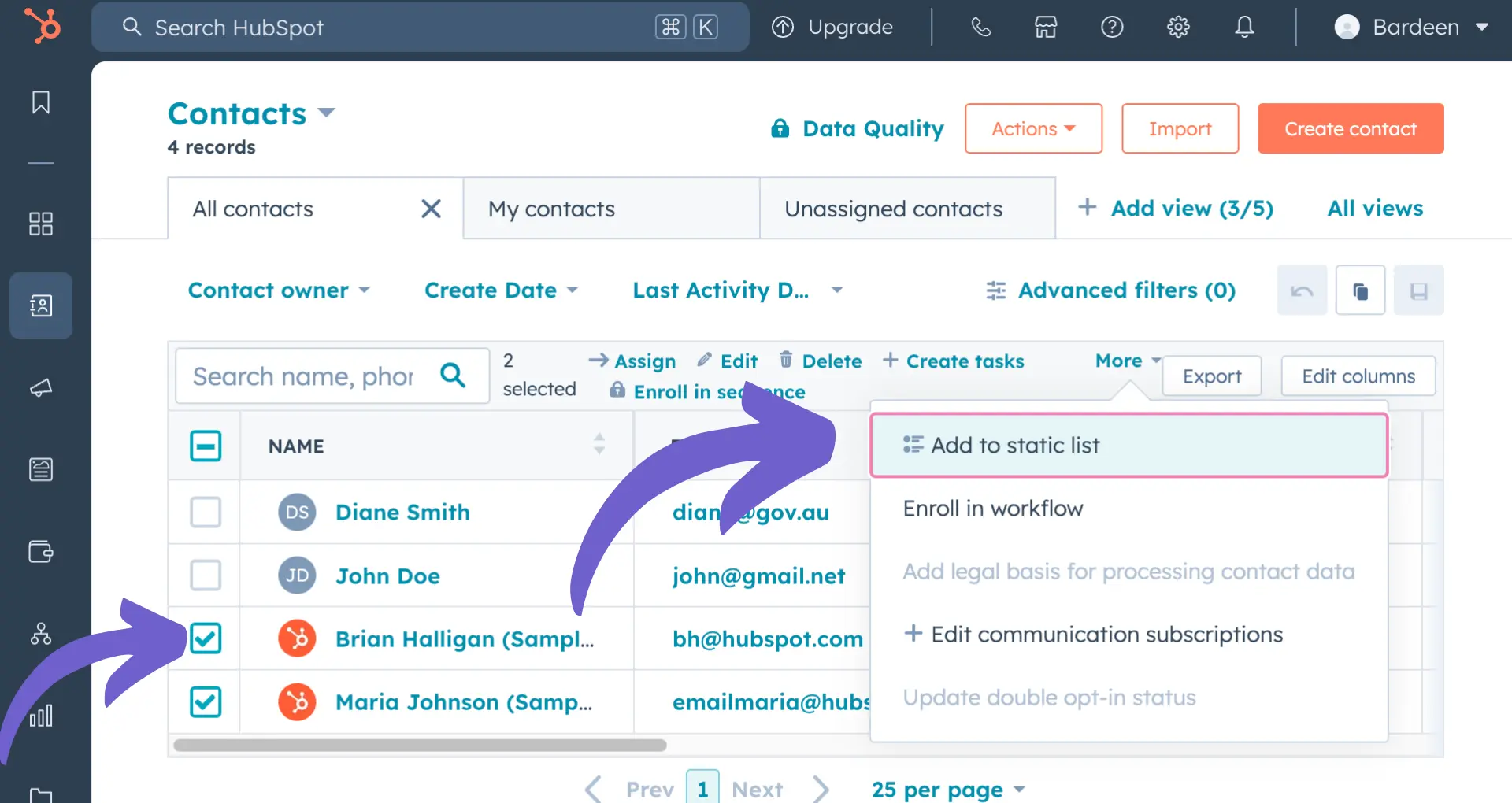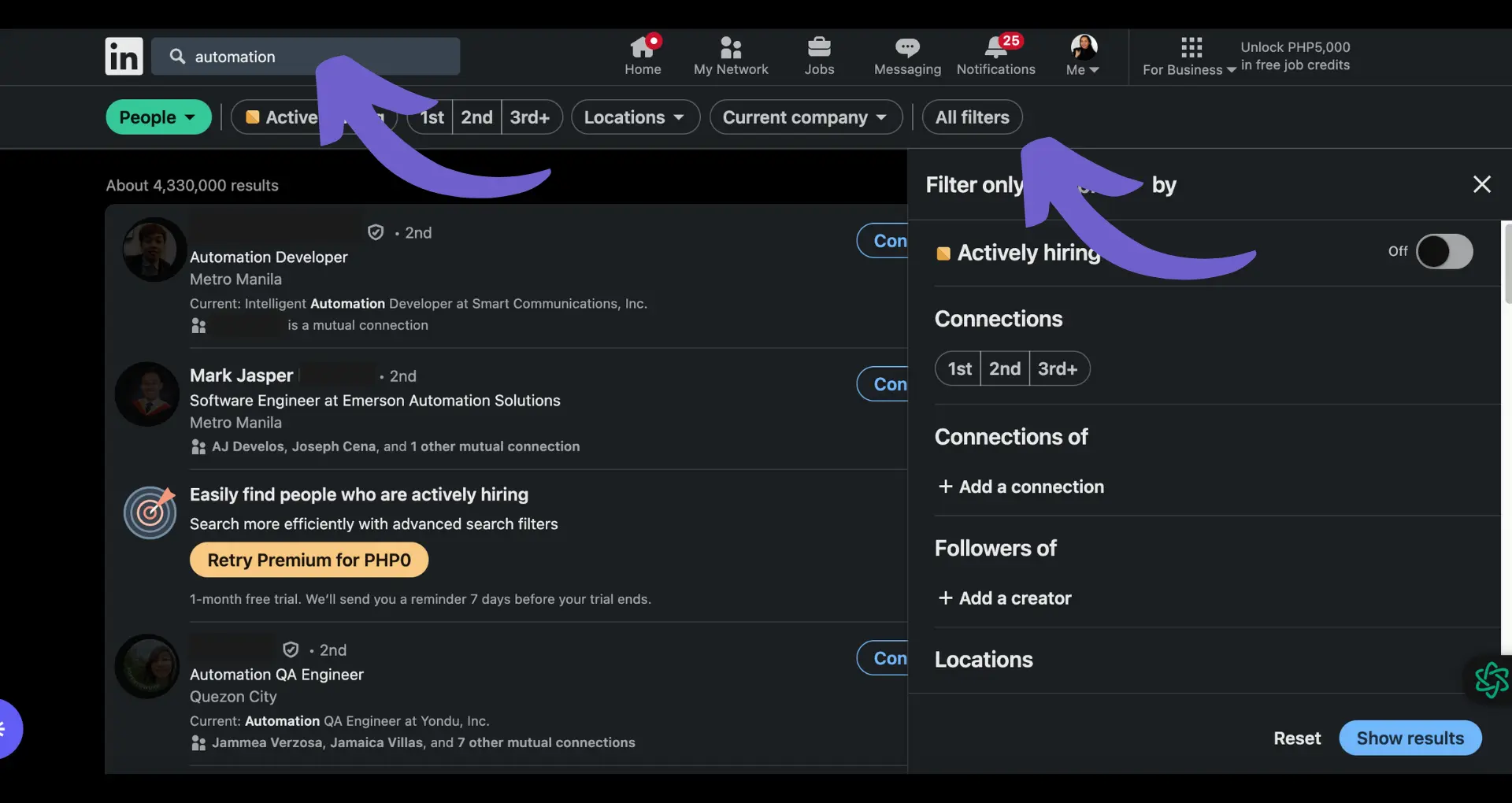Importing leads into your HubSpot CRM is a crucial step in streamlining your sales process and keeping your data organized. In this step-by-step guide, we'll walk you through the process of preparing your import files, setting up unique identifiers, mapping your data, and handling any potential errors. By following these best practices, you'll be able to import your leads into HubSpot with ease and start leveraging the power of your CRM to drive sales and growth.
Preparing Your Import Files for HubSpot
Before you start importing leads into your HubSpot CRM, it's crucial to format your CSV or Excel files correctly. This step ensures a smooth and accurate import process, saving you time and effort in the long run.
To structure your file for a successful import:
- Use a single sheet: HubSpot only allows one sheet per import file, so consolidate your data into a single sheet.
- Include a header row: The first row of your file should contain column headers that match HubSpot properties. This helps map your data to the right fields during the import process.
- Organize your data: Each row in your file represents a single record (e.g., a contact or company), and each column represents a property (e.g., First Name, Email, or Phone Number).
By following these guidelines, you'll be well on your way to importing your leads into HubSpot with ease. For more on optimizing your process, check out sales prospecting tools. Remember, taking the time to set up your import files correctly will pay off in the long run, ensuring your data is accurate and ready to use in your marketing and sales efforts.
Setting Up Unique Identifiers and Associations
Unique identifiers play a crucial role in ensuring accurate imports and avoiding duplicate records in your HubSpot CRM. By setting up unique identifiers like email addresses for contacts and company domain names for companies, you can maintain a clean and organized database.
When importing data into HubSpot, consider the following:
- Use email addresses as the unique identifier for contacts. This helps prevent creating multiple records for the same person.
- For companies, use their domain name as the unique identifier. This ensures that each company is represented only once in your CRM.
- If you're importing existing records from another system, include their record IDs in your import file. HubSpot can use these IDs to match and update existing records instead of creating duplicates.
In addition to unique identifiers, you can also set up associations between records using custom properties that require unique values. For example, you might have a custom property called "Customer ID" that links contacts to their respective companies. By including this property in your import file, HubSpot can automatically associate the records based on the unique values provided.
By taking the time to set up unique identifiers and associations, you'll ensure that your imported data is accurate, organized, and free of duplicates. This will save you time and effort in the long run, allowing you to focus on engaging with your leads and customers effectively through automation.
Use prospect list building automation to save time on data gathering and qualification tasks, enhancing your lead management process.
Mapping and Importing Data into HubSpot
When importing data into HubSpot, it's essential to map your data correctly to ensure a smooth and accurate transfer. Follow these steps to map and import your data:
- Select the import type: Choose between importing a single object (e.g., contacts) or multiple objects (e.g., contacts and companies) depending on your data structure.
- Choose your import files: Select the CSV or Excel files containing the data you want to import into HubSpot.
- Map your columns to HubSpot properties: Match each column in your import file to the corresponding HubSpot property. This step is crucial for ensuring that your data is imported into the correct fields within HubSpot.
When mapping your columns, keep the following in mind:
- Review the default mappings and adjust them as needed to match your data structure.
- For better accuracy, consider data enrichment to fill in missing information.
- Create custom properties in HubSpot if you have data that doesn't fit into the default properties.
- Double-check your mappings before finalizing the import to avoid data being imported into the wrong fields.
After you've carefully mapped your columns to the appropriate HubSpot properties, you're ready to start the import process. HubSpot will guide you through the remaining steps, which include reviewing the import summary and confirming the import.
By taking the time to map your data accurately, you'll ensure a successful import and maintain a clean, organized database within HubSpot. For more tips, check out our guide on lead enrichment.
Understanding File Requirements and Handling Errors
To ensure a smooth import process, it's crucial to understand HubSpot's file requirements and how to handle common errors. HubSpot accepts .csv, .xlsx, and .xls files for import, with a maximum file size of 512MB for paid accounts and 20MB for free accounts.
Your import file must have only one sheet and include a header row where each column corresponds to a HubSpot property. The file should contain fewer than 1000 columns and be UTF-8 encoded if it includes foreign language characters.
When importing Excel files, make sure the data stays within Excel's worksheet and workbook limits, and that date-time properties are formatted as Numbers. Additionally, currency data should be formatted for USD using decimals (e.g., 123.45). You may also want to connect Microsoft Excel for better data management.
If you encounter errors during the import process, consider the following tips:
- Verify that your file is in the correct format (.csv, .xlsx, or .xls) and meets the size requirements.
- Check for data mismatches, such as incorrect date or currency formats.
- Ensure that required properties are included in your file and mapped correctly during the import process.
- Review your file for any special characters or formatting that may cause issues.
Bardeen can help you quickly connect Google Sheets with your system, saving time and effort.
By understanding HubSpot's file requirements and addressing common errors proactively, you can streamline your import process and ensure that your data is accurately transferred into HubSpot. For further assistance, consider using tools to scrape data from websites and integrate it into your system.
Post-Import Actions and Best Practices
After successfully importing your leads into HubSpot, it's essential to take a few key steps to ensure data accuracy and effectively integrate your new leads into your marketing and sales efforts.
First, verify the accuracy of your imported data by spot-checking a sample of records. Look for any discrepancies or formatting issues that may have occurred during the import process. If you find any errors, consider re-importing the affected records or manually updating them within HubSpot.
Next, start integrating your newly imported leads into your ongoing marketing and sales activities:
- Segment your leads based on criteria such as demographics, behavior, or lead source to create targeted lists for personalized marketing campaigns.
- Implement lead scoring to prioritize leads based on their engagement and likelihood to convert, allowing your sales team to focus on the most promising opportunities.
- Set up targeted email marketing campaigns, such as welcome series or nurture sequences, to engage your new leads and guide them through the buyer's journey.
- Assign leads to the appropriate sales reps for follow-up and create tasks or reminders to ensure timely contact.
To make the most of your imported data, consider these best practices:
- Regularly clean and maintain your database to ensure data accuracy and prevent duplicates.
- Use progressive profiling to gather additional information about your leads over time, allowing for more personalized and relevant marketing efforts.
- Analyze the performance of your imported leads to identify trends, optimize your marketing and sales strategies, and improve future import processes.
By following these post-import actions and best practices, you can effectively leverage your imported leads and drive better results from your marketing and sales efforts within HubSpot.






